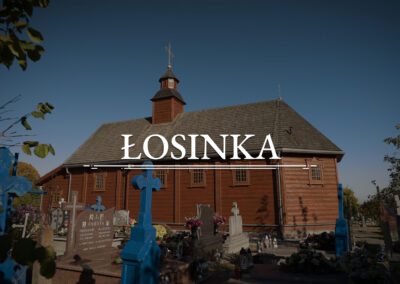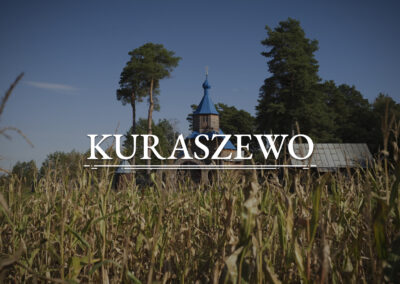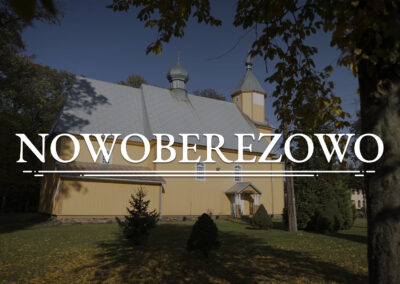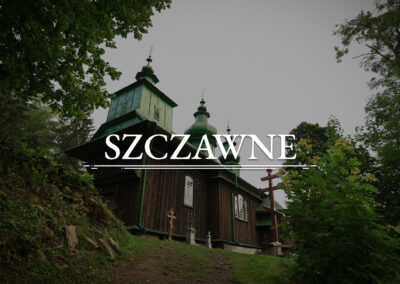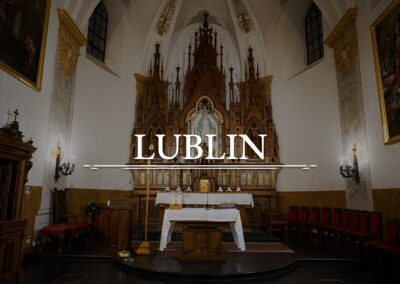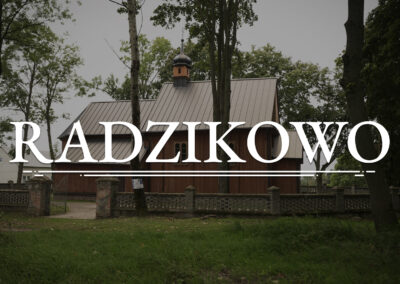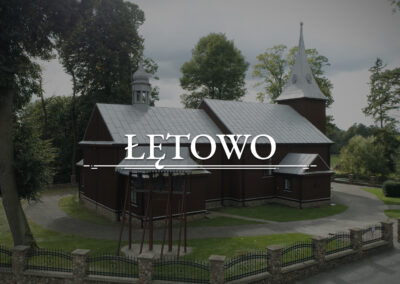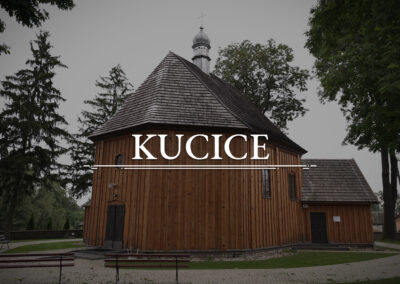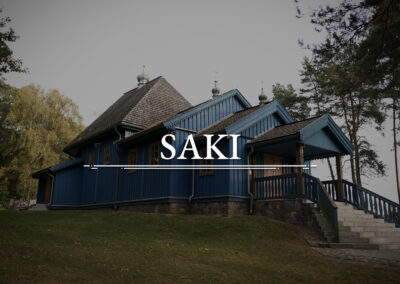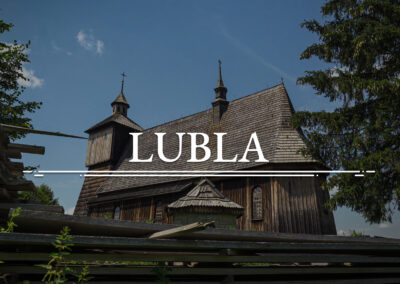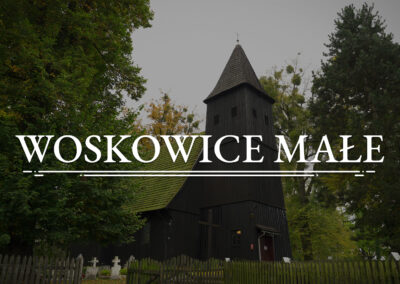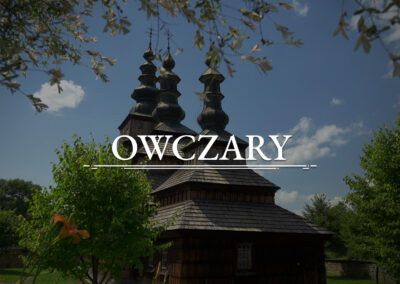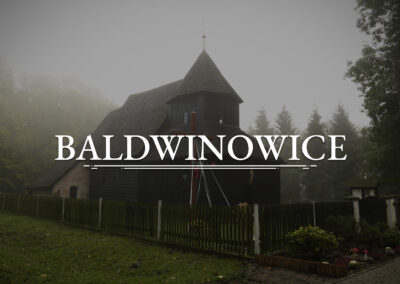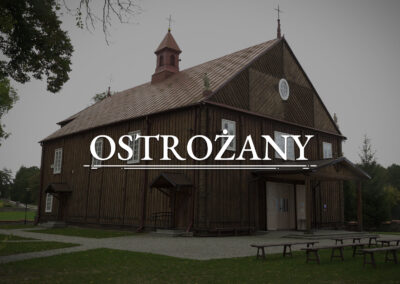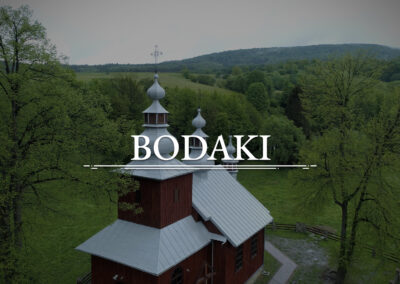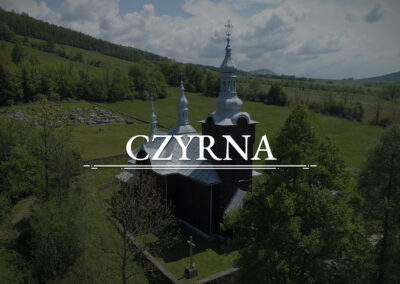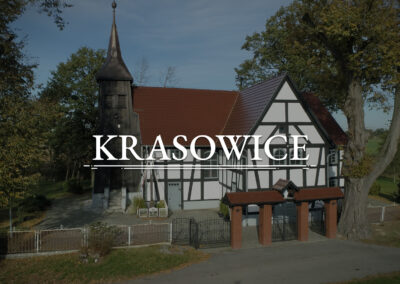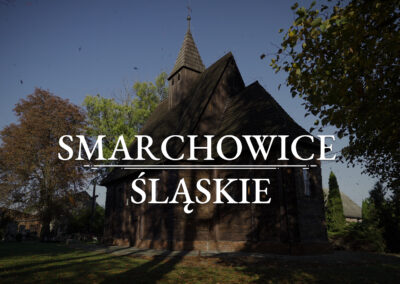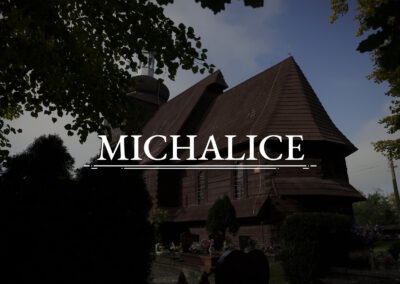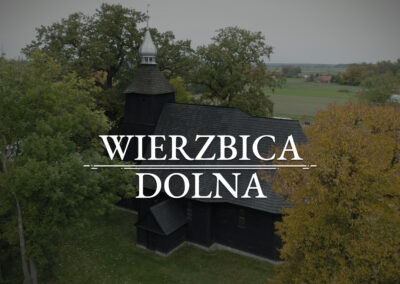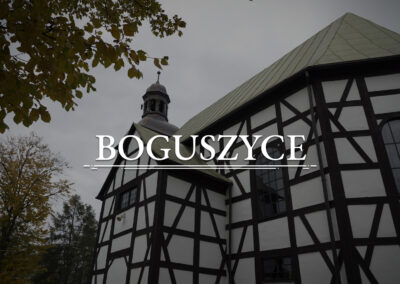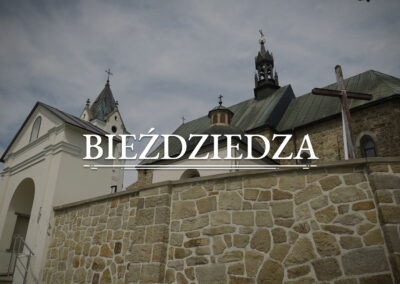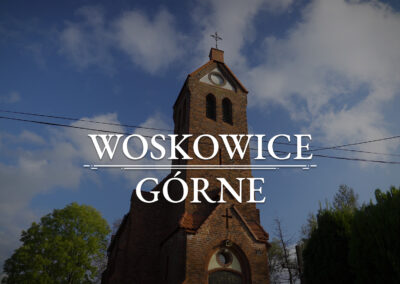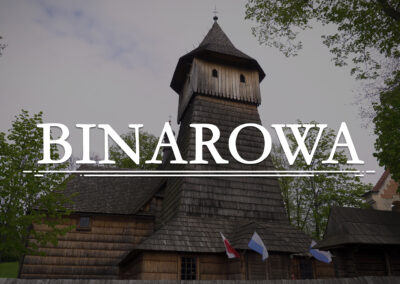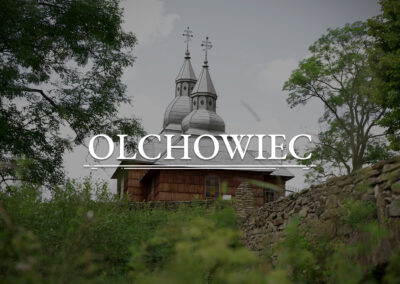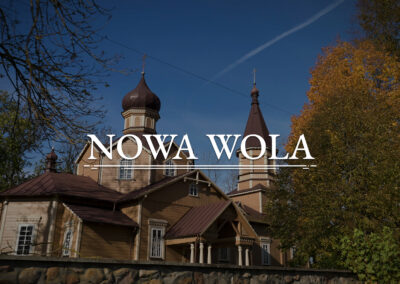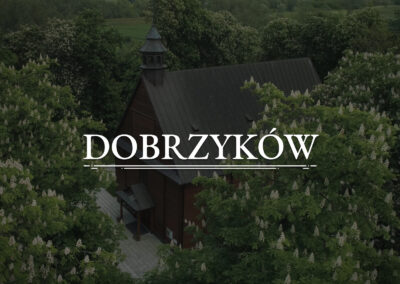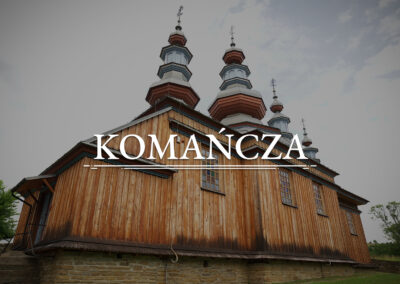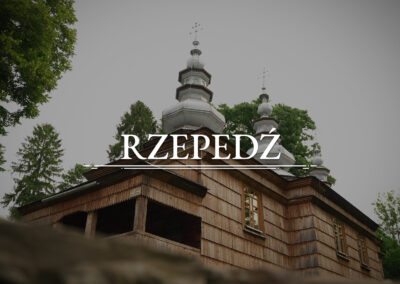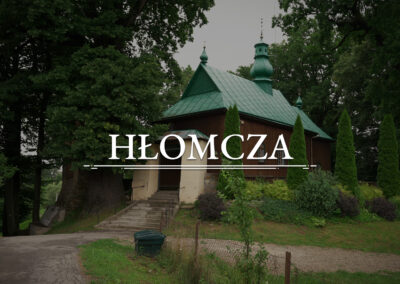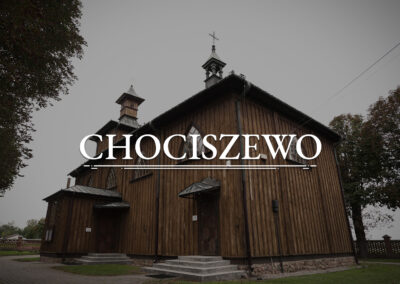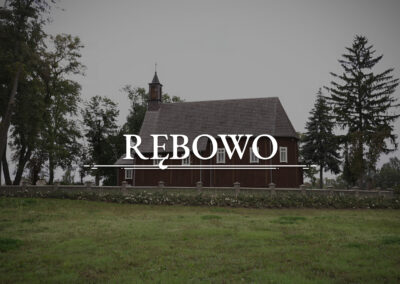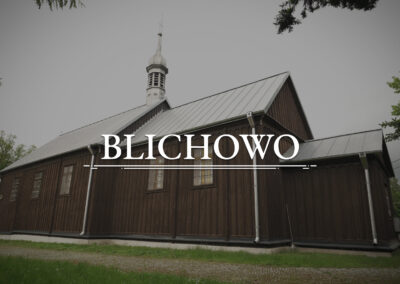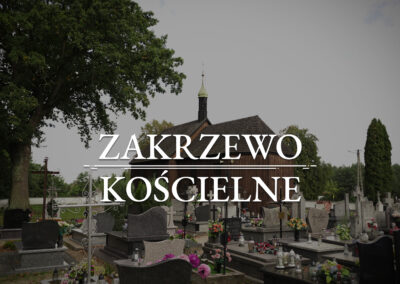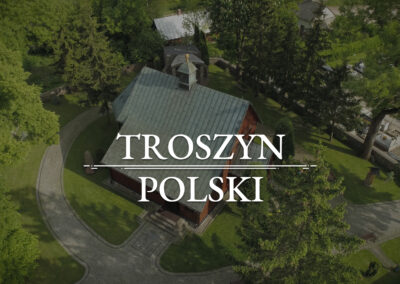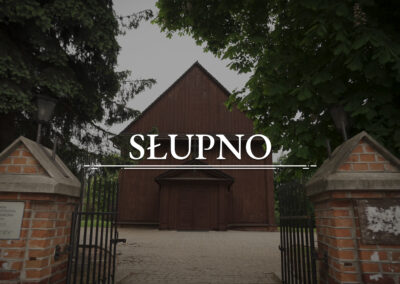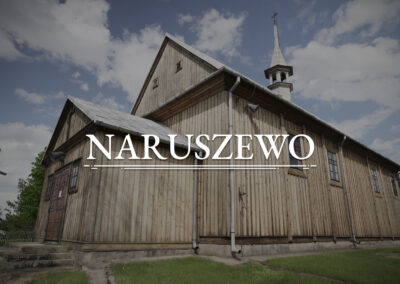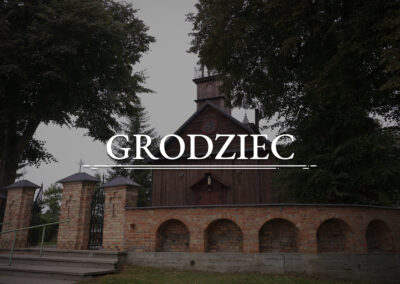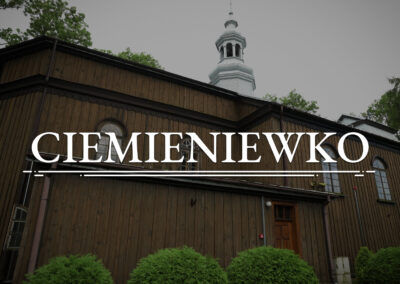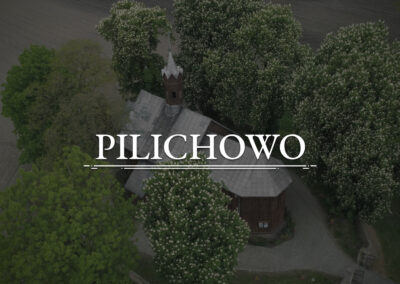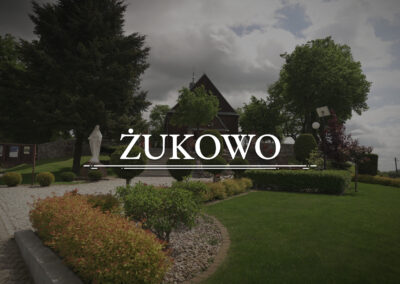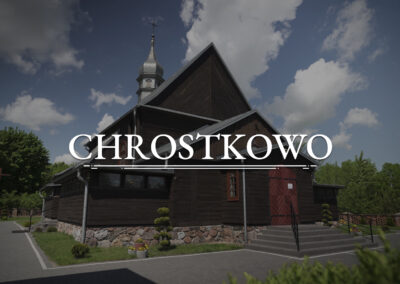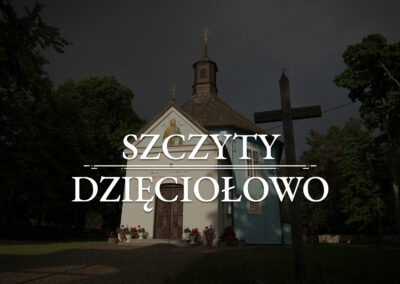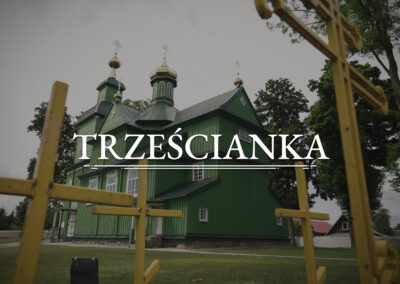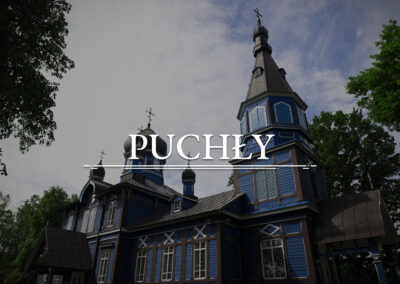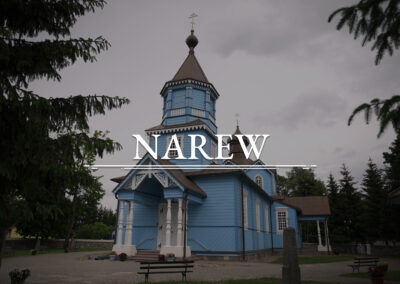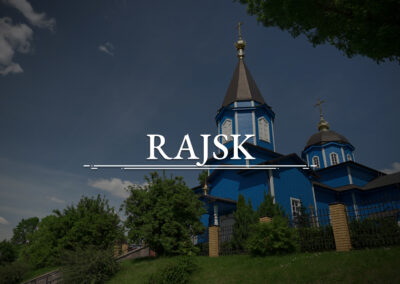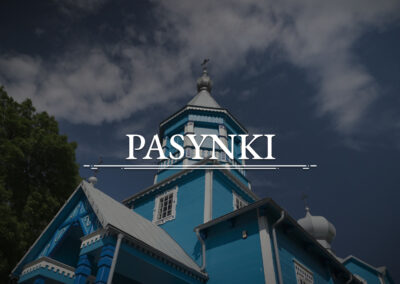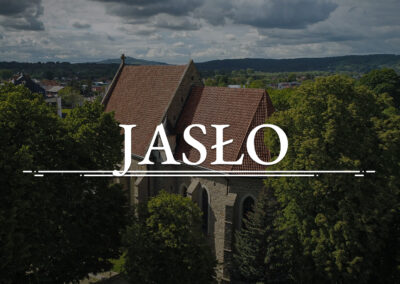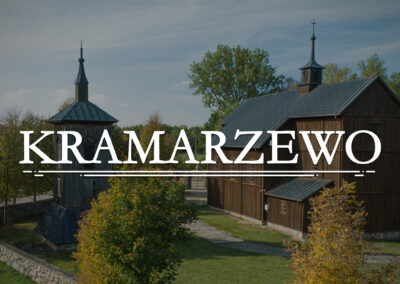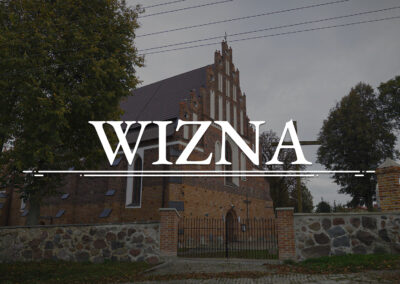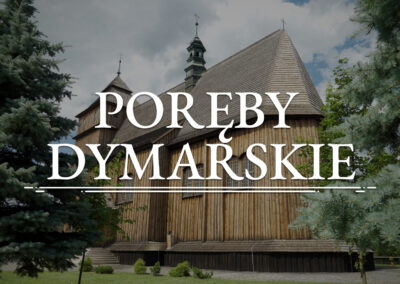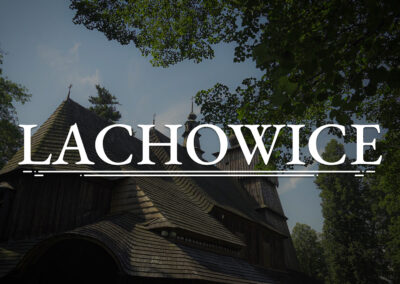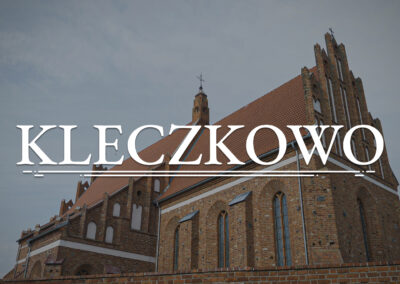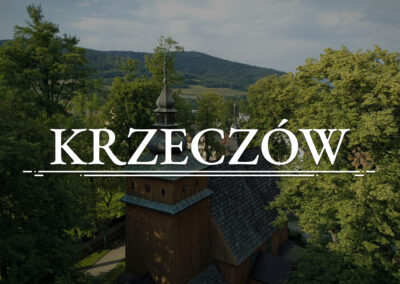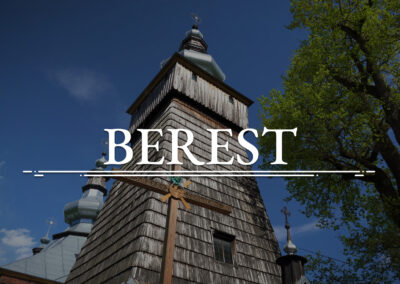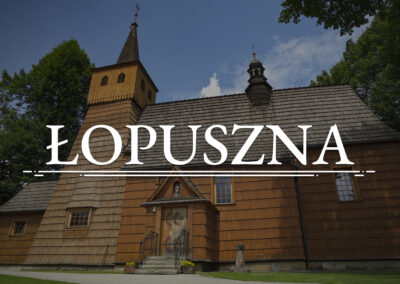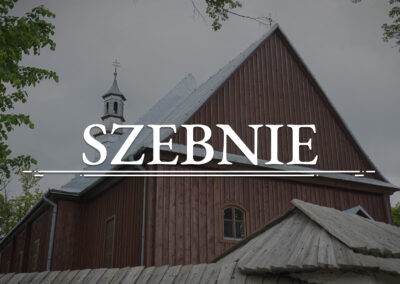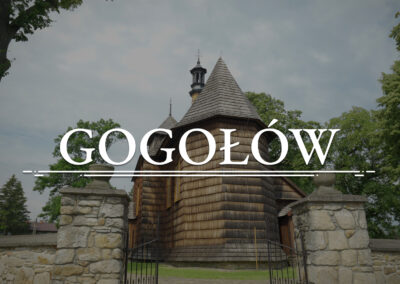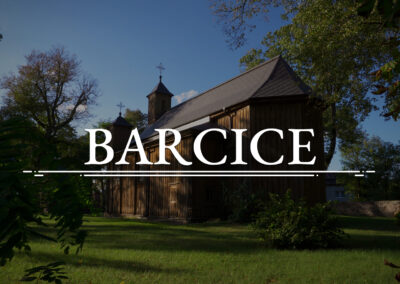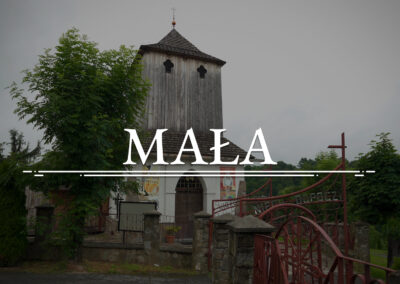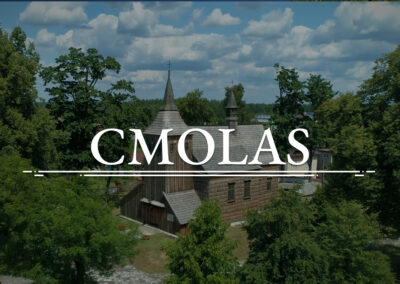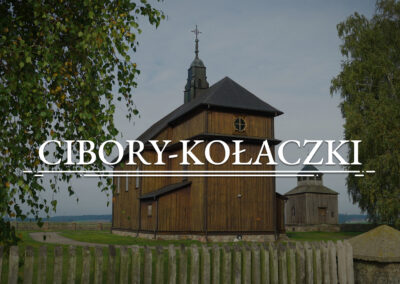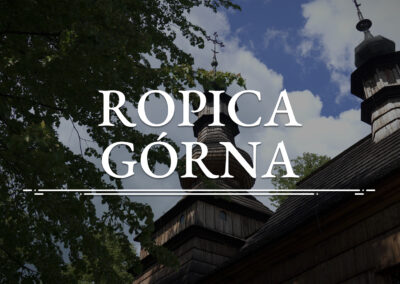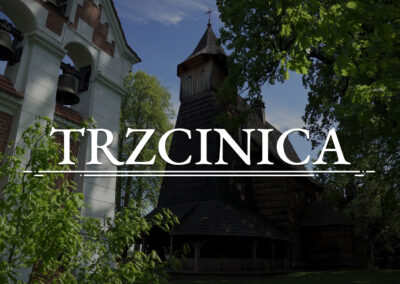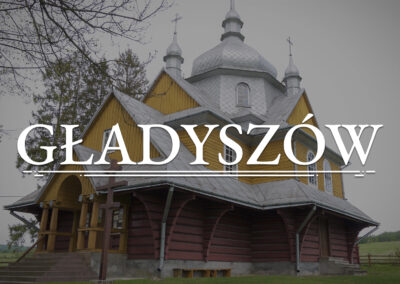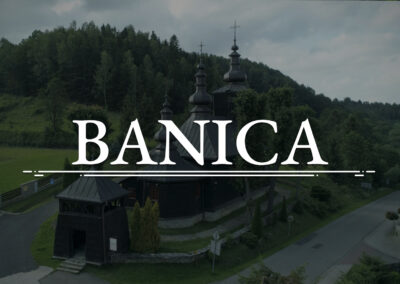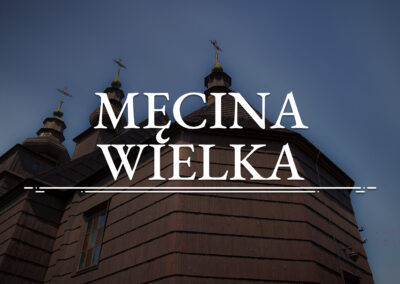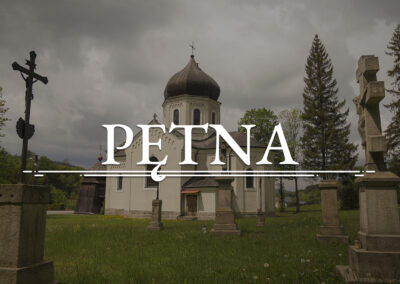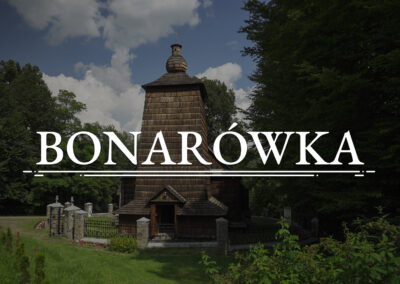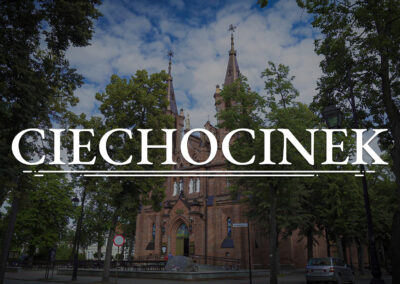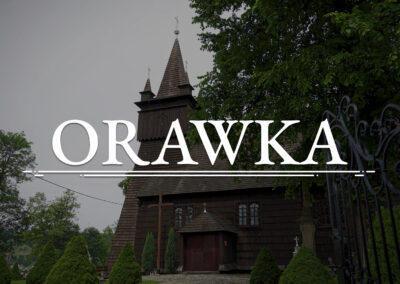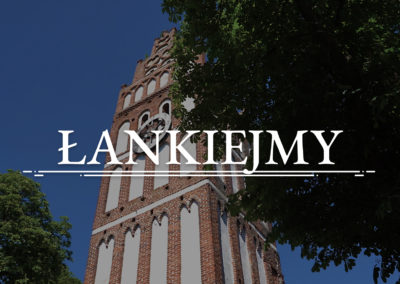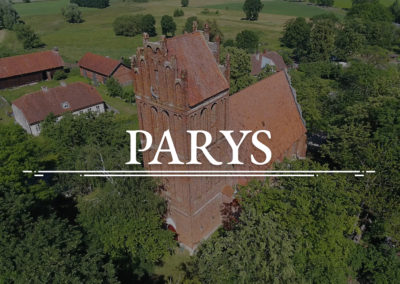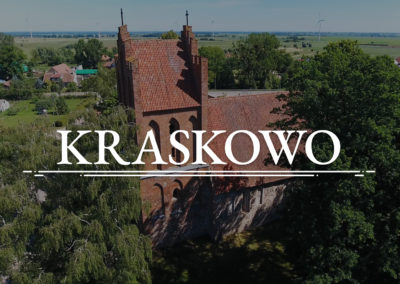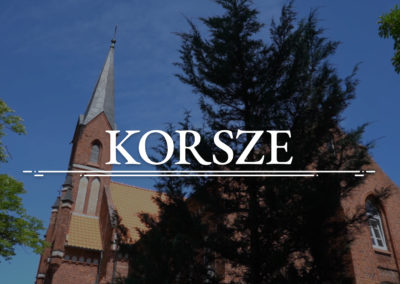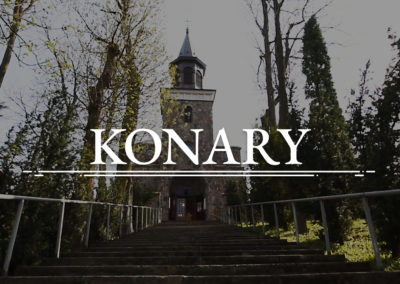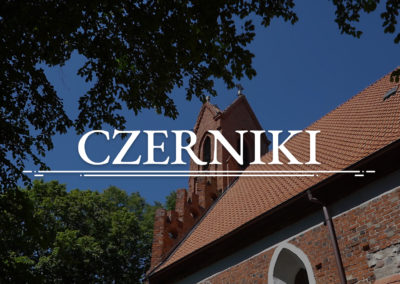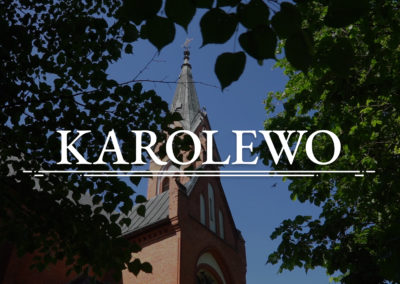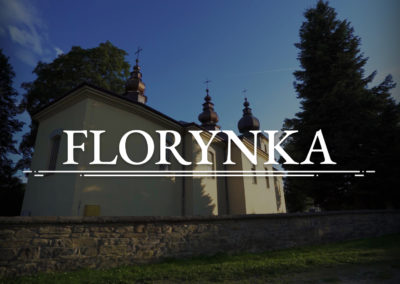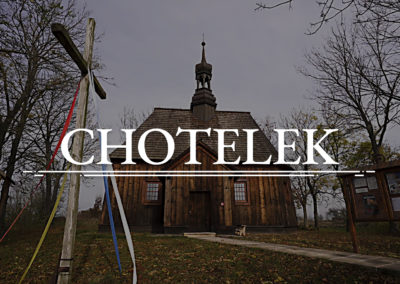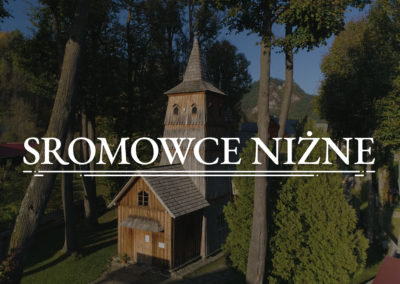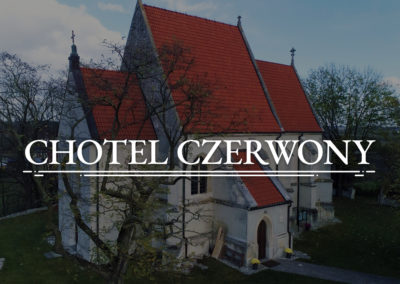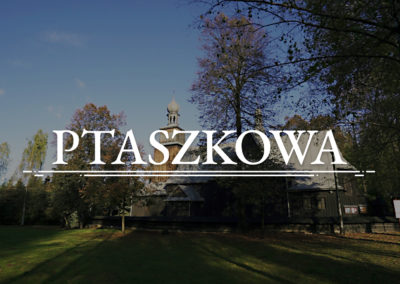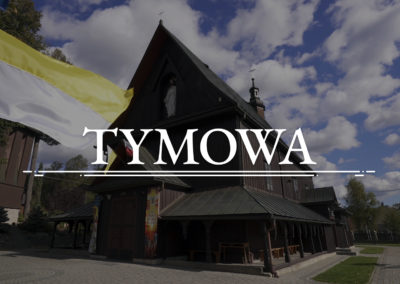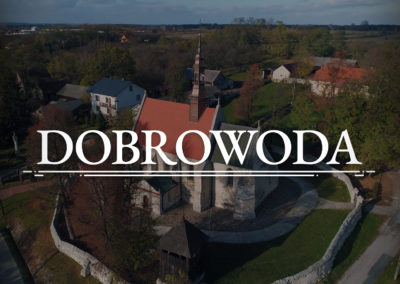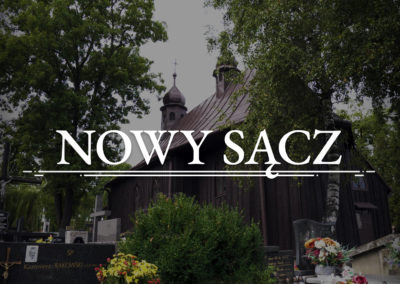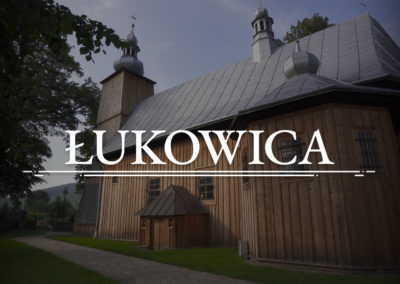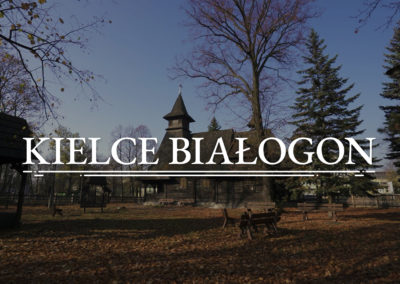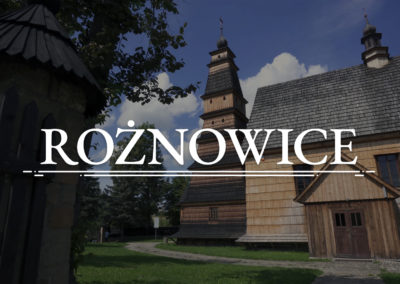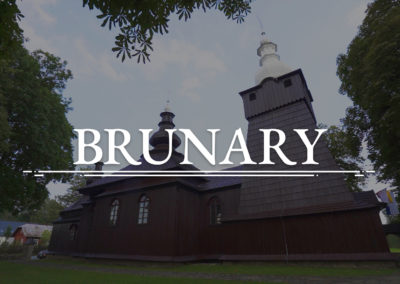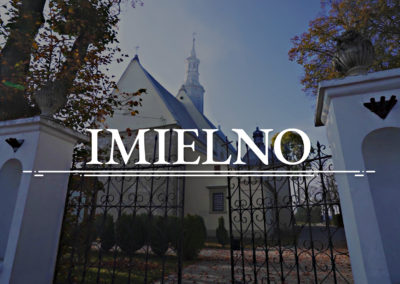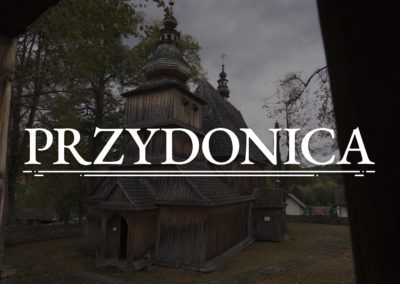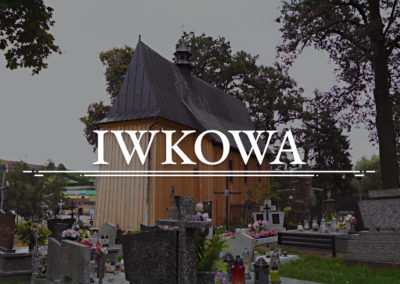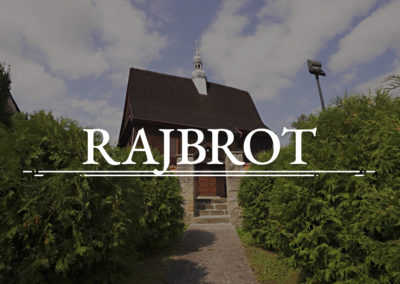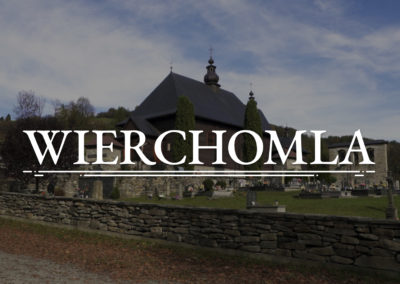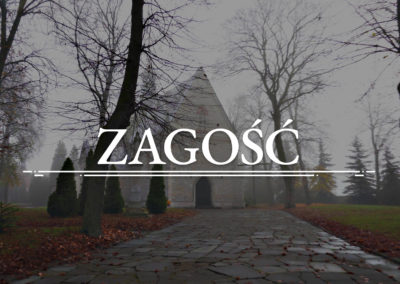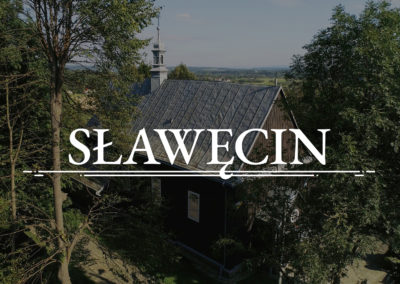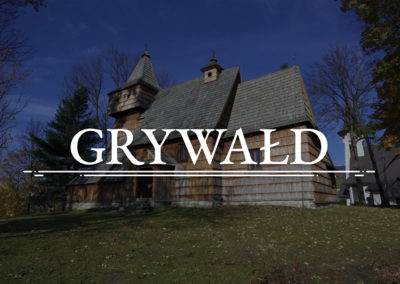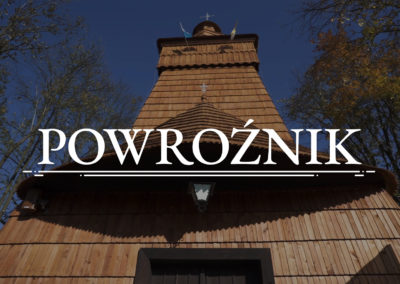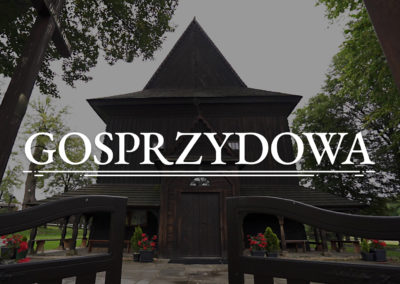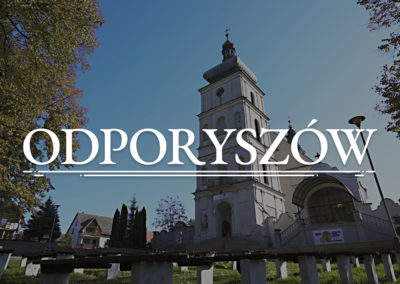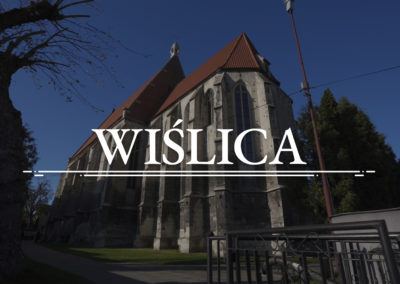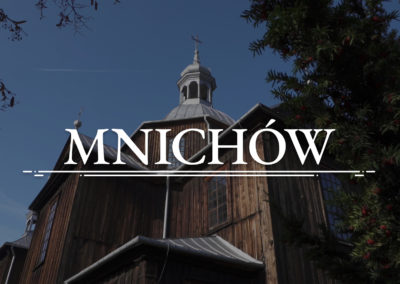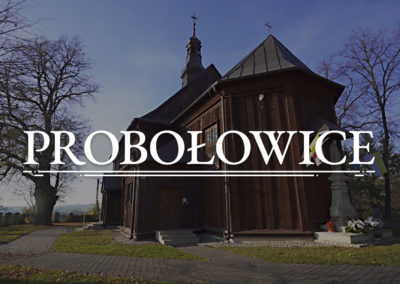NARUSZEWO - The Holy Trinity Church
Historical records show that a full-fledged parish has been operating here since the 12th or the 13th century. The documents written at the end of the 16th century, which were found in the library of the seminary in Płock, show that a church existed in Naruszewo in 1596. Consecutive records in the documents say that there was a fire in 1629 and that the church was rebuilt and consecrated in 1645.
3D WALKHistory
CHURCH
IN NARUSZEWO
The history of this village is inextricably linked to the parish. For more than two centuries and a half Naruszewo has been boasting this fascinating church, however it is not the first which was built here. The current St Thecla, as this is its patron saint, was to have been erected at the end of the 18th century. The construction was initiated by Konstanty Wolicki, the parish priest of the Norbertines from Płock.
The village alone has a much longer history as shown by the treasure discovered there in 1983. Children from the local school dug it out when playing on the construction site of the water supply system. The finding contained silver coins not only from the territory of contemporary Poland, but also from Hungary or Czechia.
Historical records show that a full-fledged parish has been operating here since the 12th or the 13th century. The documents written at the end of the 16th century, which were found in the library of the seminary in Płock, show that a church existed in Naruszewo in 1596. Consecutive records in the documents say that there was a fire in 1629 and that the church was rebuilt and consecrated in 1645.
Naruszewo has had close ties with the Norbertine Sisters for hundreds of years. The preserved documents show that the village was a part of the convent’s possessions already in the 12th century. In the next centuries, local parish priests kept receiving further rights, including tithes and the right to sanction peasants possessing land. The village remained a part of the church possessions until 1797.
The church that we want to invite you to visit was built in 1786 and in the 20th century underwent three thorough refurbishments and alterations.
The church is oriented and was built with pine wood. A single ridge, sloping roof is crowned with a hexagonal turret. It is decorated with a tin, cone-shaped cupola. The austere looking facade harmoniously matches the surrounding nature.
Inside the church it is worth paying attention to the old beam ceiling, the organ front from the 19th century and the instrument itself as it was made in 1883. The main altar and the pulpit date back to the first half of the 17th century. The side altars however date back to the 18th century and were executed in the Baroque style. Whereas the pulpit was executed in the manneristic style. Among interesting details, it is worth mentioning the antique baptismal font in the shape of a chalice, also from the 18th century.
The village alone has a much longer history as shown by the treasure discovered there in 1983. Children from the local school dug it out when playing on the construction site of the water supply system. The finding contained silver coins not only from the territory of contemporary Poland, but also from Hungary or Czechia.
Historical records show that a full-fledged parish has been operating here since the 12th or the 13th century. The documents written at the end of the 16th century, which were found in the library of the seminary in Płock, show that a church existed in Naruszewo in 1596. Consecutive records in the documents say that there was a fire in 1629 and that the church was rebuilt and consecrated in 1645.
Naruszewo has had close ties with the Norbertine Sisters for hundreds of years. The preserved documents show that the village was a part of the convent’s possessions already in the 12th century. In the next centuries, local parish priests kept receiving further rights, including tithes and the right to sanction peasants possessing land. The village remained a part of the church possessions until 1797.
The church that we want to invite you to visit was built in 1786 and in the 20th century underwent three thorough refurbishments and alterations.
The church is oriented and was built with pine wood. A single ridge, sloping roof is crowned with a hexagonal turret. It is decorated with a tin, cone-shaped cupola. The austere looking facade harmoniously matches the surrounding nature.
Inside the church it is worth paying attention to the old beam ceiling, the organ front from the 19th century and the instrument itself as it was made in 1883. The main altar and the pulpit date back to the first half of the 17th century. The side altars however date back to the 18th century and were executed in the Baroque style. Whereas the pulpit was executed in the manneristic style. Among interesting details, it is worth mentioning the antique baptismal font in the shape of a chalice, also from the 18th century.
NARUSZEWO - The Holy Trinity Church
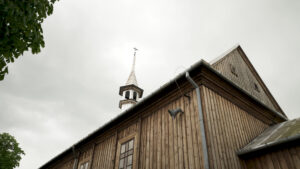
COFUNDED BY THE MINISTER OF CULTURE AND NATIONAL HERITAGE
ORIGINATING FROM CULTURE PROMOTION FUND




